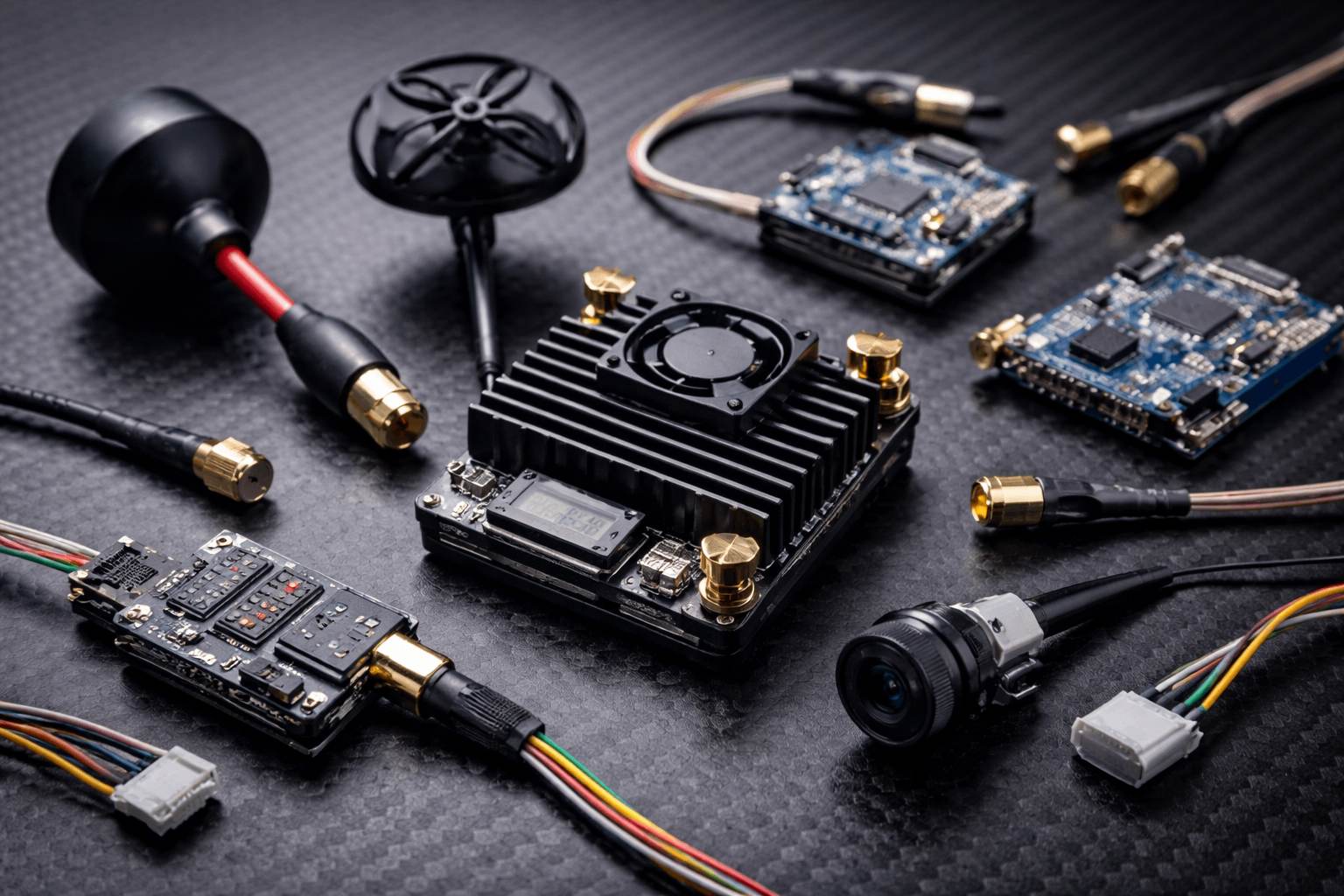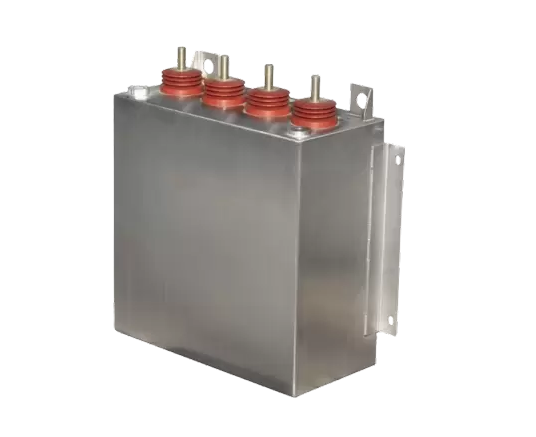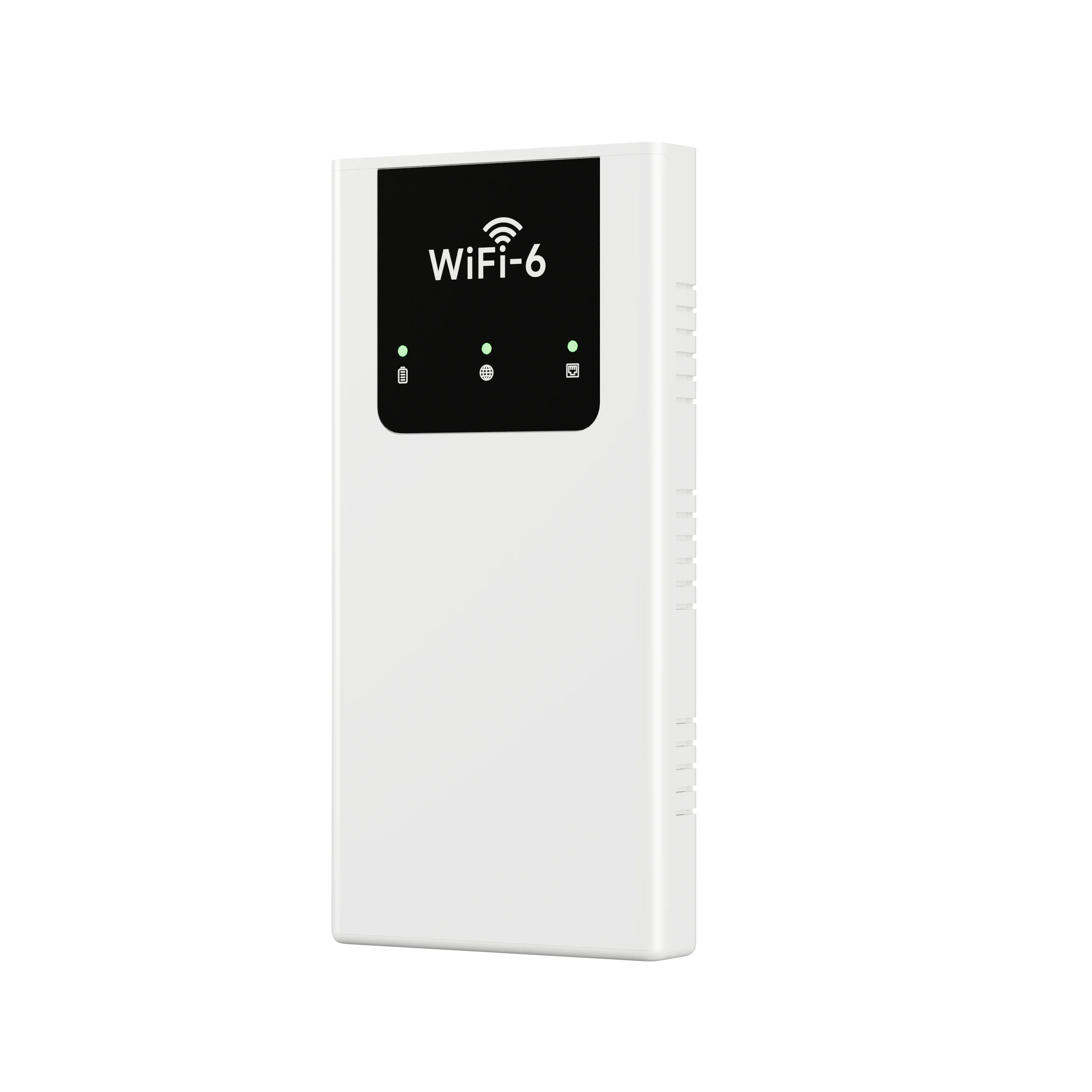Mastering the Art of Electronic Component Testing: A Comprehensive Guide
In the fast-paced world of electronics, ensuring the reliability and functionality of components is paramount. Whether you're a seasoned engineer, a hobbyist, or a quality assurance technician, knowing how to effectively check electronic components can save time, reduce costs, and enhance product performance. This article delves into the various methods and tools used to test electronic components, providing a detailed roadmap for achieving accurate results.
Understanding the Importance of Component Testing
Before diving into the specifics of testing methods, it's crucial to understand why checking electronic components is essential. Components can fail due to manufacturing defects, environmental factors, or improper handling. Regular testing not only identifies faulty components but also ensures compliance with industry standards, enhances safety, and improves overall product reliability.
Types of Electronic Components and Their Testing Methods
Electronic components can be broadly categorized into passive and active components, each requiring different testing approaches.
- Passive Components
Passive components, such as resistors, capacitors, and inductors, do not require an external power source to operate. Here’s how to test them:
- Resistors: Use a digital multimeter (DMM) to measure resistance. Ensure the resistor is disconnected from the circuit to avoid parallel paths that can skew readings. Compare the measured value with the specified tolerance to determine if it’s within acceptable limits.
- Capacitors: Capacitance can be measured using a capacitance meter or a DMM with capacitance measurement capability. Discharge the capacitor before testing to prevent damage to the meter. For electrolytic capacitors, check for leakage current using a specialized capacitor tester.
- Inductors: Inductance can be measured with an LCR meter. Similar to capacitors, ensure the inductor is isolated from the circuit. Additionally, check for DC resistance to identify potential short circuits.
- Active Components
Active components, including diodes, transistors, and integrated circuits (ICs), require more sophisticated testing methods.
- Diodes: Use a DMM to perform a diode test. Connect the positive lead to the anode and the negative lead to the cathode. A good diode will show a forward voltage drop (typically 0.6V to 0.7V for silicon diodes) and no conduction in reverse bias.
- Transistors: To test bipolar junction transistors (BJTs), use the diode test function of a DMM. Check the base-emitter and base-collector junctions for forward bias. For field-effect transistors (FETs), check the gate-source and gate-drain junctions.
- Integrated Circuits: Testing ICs can be complex due to their intricate internal structures. Use an oscilloscope to observe output signals and verify functionality. Additionally, specialized IC testers can provide comprehensive diagnostics.
Advanced Testing Techniques
For professionals seeking deeper insights into component performance, advanced testing techniques can be employed:
- In-Circuit Testing (ICT): This method allows for testing components while they are still mounted on the PCB. ICT can identify faulty components and manufacturing defects without the need for desoldering.
- Functional Testing: This involves testing the entire circuit or system to ensure that all components work together as intended. It’s particularly useful for complex assemblies where individual component testing may not reveal systemic issues.
- Thermal Imaging: Utilizing thermal cameras can help identify overheating components that may indicate failure. This non-invasive method is particularly useful in troubleshooting and preventive maintenance.
Tools and Equipment for Component Testing
Investing in the right tools is crucial for effective testing. Here are some essential tools:
- Digital Multimeter (DMM): A versatile tool for measuring voltage, current, and resistance. Look for models with additional features like capacitance and frequency measurement.
- LCR Meter: Ideal for measuring inductance, capacitance, and resistance, providing more detailed insights into passive components.
- Oscilloscope: Essential for visualizing signal waveforms, diagnosing timing issues, and analyzing complex circuits.
- Component Tester: A specialized device that can quickly identify and test a wide range of components, including transistors, diodes, and capacitors.
Conclusion
Checking electronic components is a critical skill that combines knowledge, precision, and the right tools. By understanding the various testing methods and employing advanced techniques, you can ensure the reliability and performance of your electronic designs. Whether you are troubleshooting a malfunctioning device or verifying the quality of newly manufactured components, mastering these testing strategies will empower you to achieve excellence in your electronic projects.




